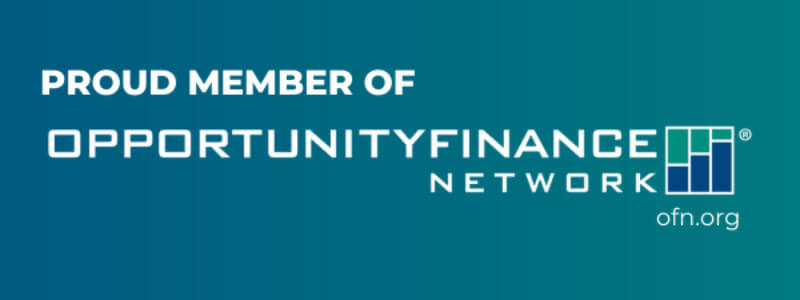April is Financial Wellness Month. In recognition, the Financial Wellness Series will focus on this very topic as a way of promoting personal well-being and a healthier community.
This is the 1st in a 4-part series by a former board member, Desirée Baynes. She has built her career in the financial services industry working on various retirement and non-retirement products as a technology professional. Working closely with financial products, she is keenly aware that understanding money and informed financial decisions lead to improved quality of life and personal freedom.
When we last spoke to Desirée in 2017, she raised financial wellness as an area where CDCs like Dorchester Bay can be a resource. In this installment, we learn more from her on the importance of financial literacy and a role CDC’s can play in promoting financial wellness.
Desirée, welcome back to Financial Wellness Series. Tell us more about financial wellness.
DB: It starts with financial literacy which is acquiring knowledge on how to handle money. Financial wellness is using that knowledge to achieve a greater sense of well-being and health. Financial Wellness is more than just about money. It is about the decisions that we make that defines who we are. Those decisions impact our overall well-being, and it is critical to ensure that those decisions align with our values and goals.
How are Americans doing when it comes to financial wellness?
DB: There are opportunities for us to do better. According to MarketWatch, only 27% of Americans are considered financially healthy. Americans are saving more, $5.07 out of every $100 in after-tax income for retirement, emergency expenses and rainy-day savings, but it is not enough.
Twenty-one percent of Americans have no retirement savings, and 40% do not have enough saved to cover a $1,000 emergency expense. Americans’ debt is also at an all-time high. Seventy million Americans are 90 days behind on car payments. Americans are holding $1.03 trillion in revolving debt mostly in car payments, student loans, and credit cards.
How did we get to this point?
DB: There are a few reasons and here are a couple of major ones. One: we are living longer, and the retirement age has increased for some adults. For others; social security and Medicare benefits may not be an option.
Two: Our government and financial markets are requiring us to take responsibility for our own financial security. On this second point, most adults have not been taught in school or anywhere about personal finance. Increasingly, we now must make complex financial decisions on how much to save for retirement, how to invest, and how much debt to take on. A bad decision can have a devastating long-term impact on the individual, as well as, the overall economy on an aggregate level.
This is great information and certainly something to think about. What topics will you be covering in the next three installments?
DB: Part 2 of the series will focus on what to know about being financially fit. It requires a mind shift that needs to happen to achieve financial wellness given the changing dynamics from government and employers in the country today. Part 3 will focus on goal setting, savings, and spending. Part 4 will focus on debt and what can individuals do to get a handle on personal finance.
I am very excited to present the financial literacy series and help my community build a path to financial wellness!

